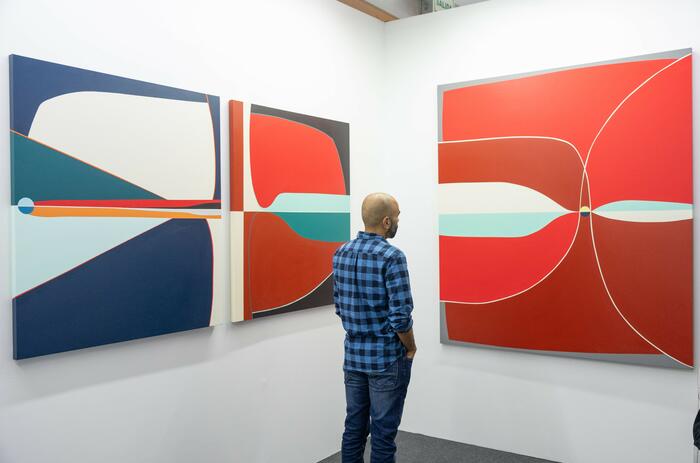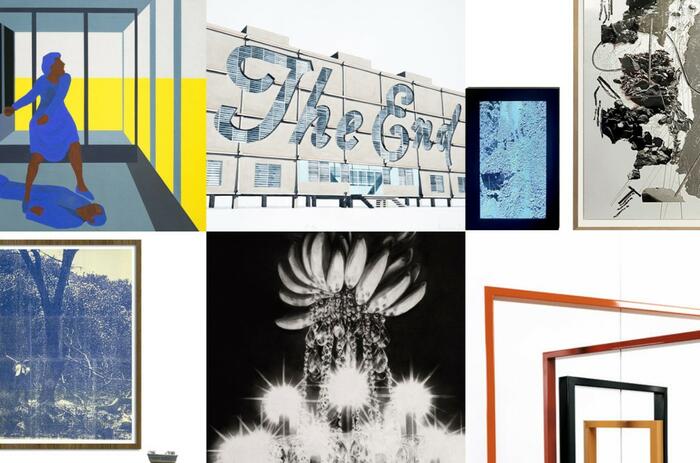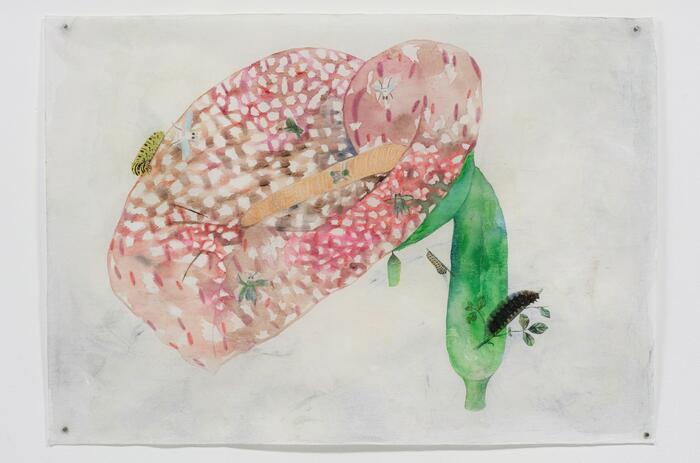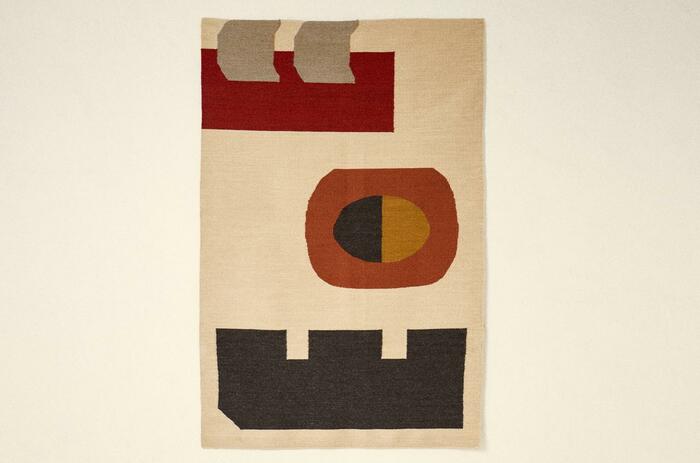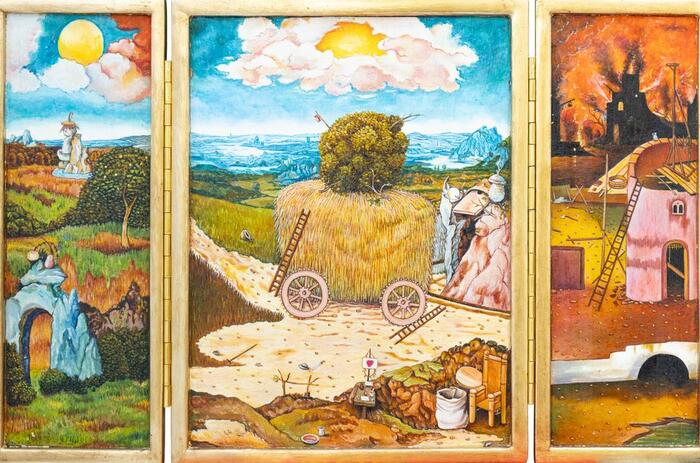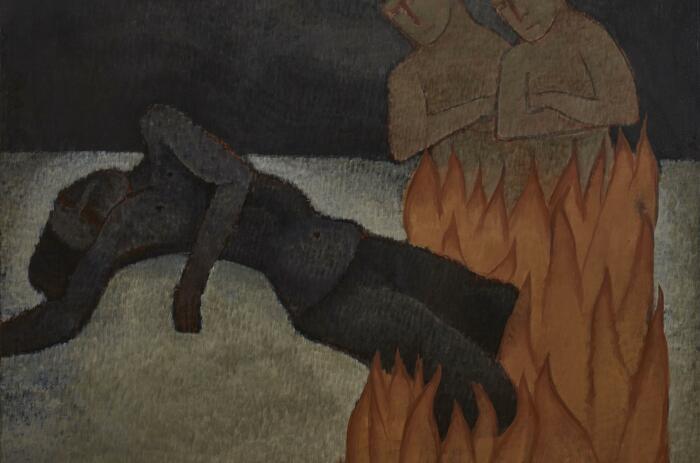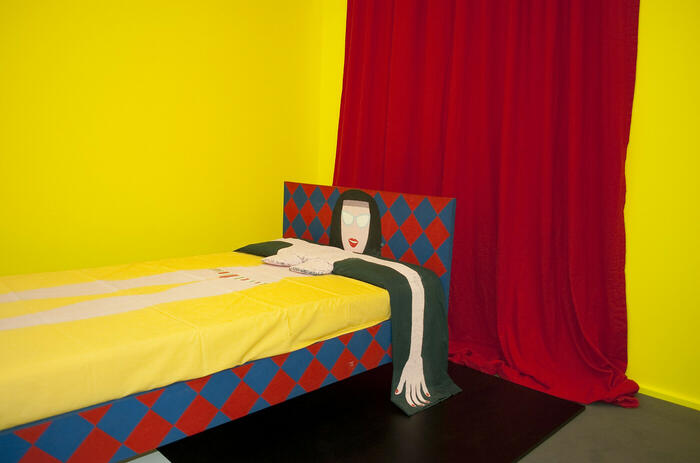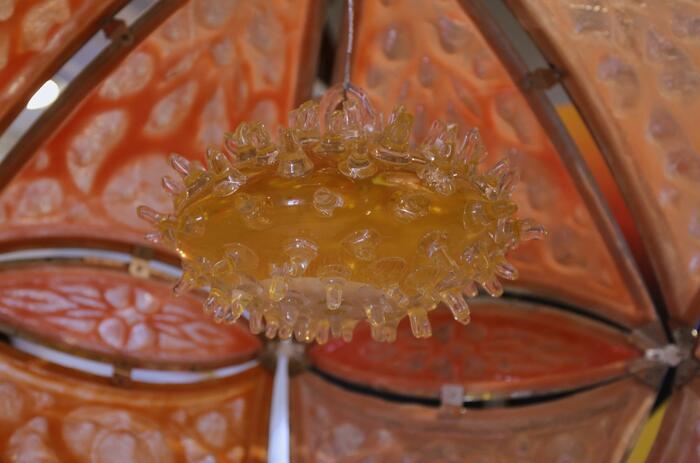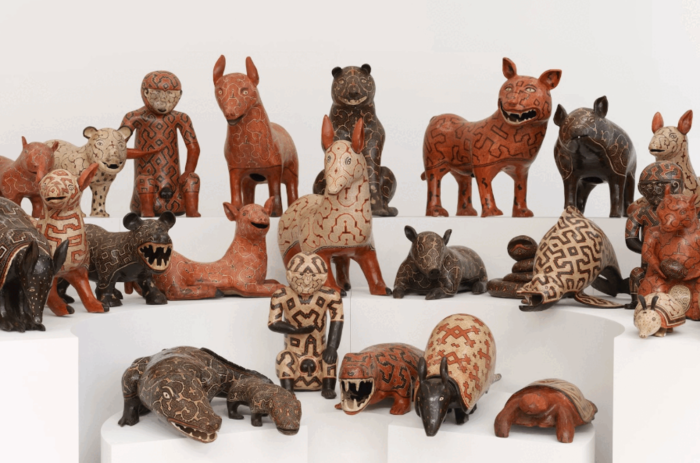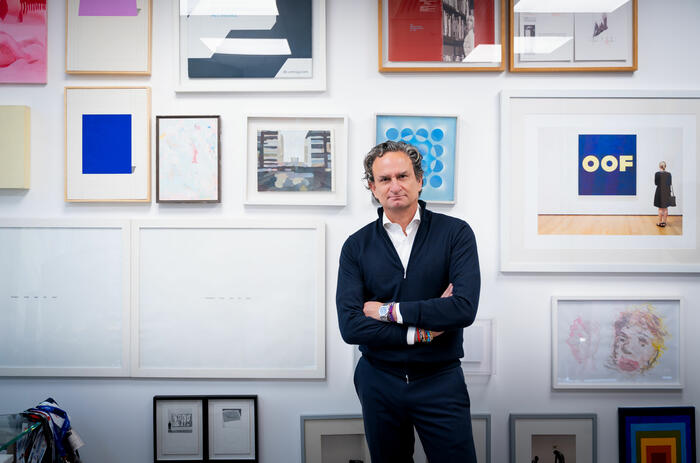PINTA LIMA: TWO CURATORIAL PROJECTS THAT NARRATE THE EVERYDAY ENVIRONMENT
In its 2025 edition, the Latin American contemporary art fair presents, through RADAR and Video Project, a selection of works that engage with key issues of the present—both within the artistic field and beyond it: from questions surrounding the re-signification of ancestral knowledge to reflections on the idiosyncrasies of human nature.

RADAR
Curated by Florencia Portocarrero and organized into solos, duos, and trios, RADAR brings together five projects that delve into urgent issues of the present while also contributing to some of the most relevant conversations in contemporary Latin American art.
The selected proposals explore, among other themes, the recovery of ancestral knowledge through artisanal techniques; a critical revision of art history by tracing links and legacies among women artists; and a perspective on extractivism reimagined through the lens of multispecies interdependence as a vital foundation.
-
Ivet Salazar, 2025. Tinta sobre papel de algodón de 180 gr 21 x 29.7 cm
-
Ana De Orbegoso. Detalle de instalación “La Ofrenda”, 2024. Instalación de 7 manos de resina, sábila con raíces, tiras de quipus y cabello trenzado
-
Sergio Murga Rossel. S/T XII, 2024. Cerámica, 22 x 29 x 54 cm
-
Luz Maritha Rodríguez. Sin título, 2024. Tintes naturales sobre algodón, 150 x 142 centímetros
-
Gala Berger. Transcorporeal, 2020. Acuarela, tinta y lápiz sobre tela con transfer digital, 70 x 100 cm
Through painting, drawing, sculpture, textile, photography, and installation, the participating artists present visual chronicles of our time. Their works show how art can serve both as a form of engagement with the present and as a tool for building collective memory and critical thought.
Participating galleries and artists include: Arróniz (Mexico City, Mexico) with Ishmael Randall Weeks; BLOC Art Gallery (Lima, Peru) with Ivet Salazar and Ana De Orbegoso; Crisis (Lima, Peru) with Gala Berger, Sergio Murga, and Luz Maritha Rodríguez; NAC (Santiago, Chile) with Claudio Correa, Colomba Fontaine, and Diego Terán; and Paseolab (Lima, Peru) with Claudia Coca and Nicole Echevarría.
-
Diego Teran. Felino, 2025. Bronce plegado y pulido, 30x30x7
-
Claudio Correa. La frontera entre una nutria y un maíz, 2024. Intervención escultórica, impresión 3D en PLA, pan de oro en aluminio y corte a muro, 88 cm x 60 cm de alto x 3,5 cm
-
Colomba Fontaine. ESTANCADA II, 2024. Cerámica gres y pigmentos,1O2 x 95 cm
Video Project – Archaeology of the Everyday
The artists selected for this new edition of Video Project, curated by Irene Gelfman, are known for creating works that uncover the complexities of everyday life and expose the contradictions and consequences of contemporary lifestyles.
Andrea Canepa’s work reflects on how institutions support bodies, and how bodies, in turn, uphold institutions. Enrique Pezo, meanwhile, covers his body in rubber to highlight symbols laden with ambiguity.
In her video installation, Gianine Tabja positions the body as an interlocutor between memory and territory. In his video performance, Adrián Sosa delivers a powerful declaration on social inequality in his region, using a deliberately simple aesthetic.
Through a socio-archaeological inquiry into her surroundings, Donna Conlon presents three pieces that reveal the distinctive idiosyncrasies of human behavior, resulting in a work that is both beautiful and unsettling.
The 12th edition of Pinta Lima will take place from April 24 to 27, 2025, at Casa Prado in Lima, Peru.

